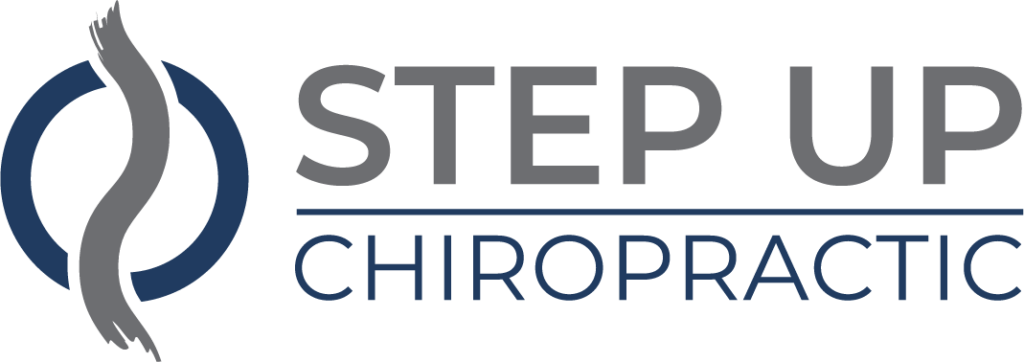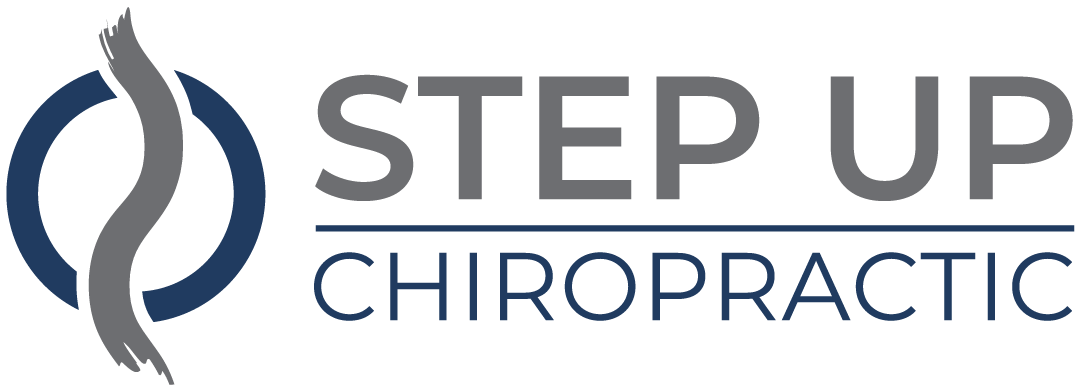If you're living with fibromyalgia, you know how overwhelming the symptoms can be, but have you considered a holistic approach to relief? Integrating therapies like acupuncture, massage, and mindfulness practices may not only alleviate your pain but also enhance your overall well-being. By exploring nutritional changes and consistent physical activity, you could support your body in ways you hadn't thought possible. The journey towards managing your symptoms involves more than just treatment; it's about creating a lifestyle that nurtures your entire being. So, what are the specific strategies you might want to explore?
Understanding Fibromyalgia
When you start to understand fibromyalgia, it becomes clear that this chronic condition affects more than just your muscles and joints. It's a complex syndrome that can disrupt your life in numerous ways, often leaving you feeling fatigued and overwhelmed. You may experience widespread pain, but you're also likely to face issues like sleep disturbances, cognitive difficulties, and emotional challenges. Recognizing these symptoms is vital, as they collectively contribute to the overall impact of fibromyalgia on your daily life.
One of the most confusing aspects of fibromyalgia is that its symptoms can vary greatly from person to person. You might've intense pain on some days, while other days may feel more manageable. This inconsistency can make it difficult to predict how you'll feel, which can lead to frustration.
Additionally, you may notice that stress or changes in weather can exacerbate your symptoms, adding another layer of complexity to your condition.
Understanding fibromyalgia also means acknowledging that it often coexists with other health issues, such as anxiety or depression. This interconnectedness can complicate your treatment journey, as you may need to address multiple aspects of your health to find relief.
The Role of Mindfulness
Mindfulness can be a powerful tool in managing fibromyalgia symptoms.
By practicing mindful breathing techniques and body scan meditation, you can enhance your awareness of both your physical and emotional state.
These practices help you connect with your body, potentially easing tension and discomfort.
Mindful Breathing Techniques
Finding calm in the chaos can be a game-changer for managing fibromyalgia symptoms, and mindful breathing techniques offer an effective way to do just that. By focusing on your breath, you can anchor yourself in the present moment, reducing stress and anxiety that often exacerbate your symptoms.
To practice mindful breathing, find a comfortable position, either sitting or lying down. Close your eyes and take a deep breath in through your nose, letting your abdomen expand. Hold that breath for a moment before slowly exhaling through your mouth.
As you breathe, pay attention to the sensations in your body. Notice how your chest rises and falls, and feel the air entering and leaving your lungs.
Whenever your mind wanders to thoughts of pain or stress, gently guide your focus back to your breath. Start with just a few minutes each day, and gradually increase the duration as you become more comfortable.
This simple technique can help you cultivate a sense of peace and control over your body, making it easier to navigate the challenges of fibromyalgia. Embrace the power of mindful breathing and discover the relief it can bring.
Body Scan Meditation
Body scan meditation serves as a powerful tool for connecting with your body and enhancing mindfulness in the process. By bringing your awareness to different parts of your body, you can cultivate a deeper understanding of your physical sensations and release tension.
This practice can be particularly beneficial for managing fibromyalgia symptoms, helping you to ground yourself in the present moment.
To get started with body scan meditation, follow these key steps:
- Find a Comfortable Position: Lie down or sit in a way that feels relaxing for you.
- Focus on Your Breath: Begin by taking a few deep breaths to center yourself.
- Scan Your Body: Gradually shift your attention from your toes to your head, noticing any areas of discomfort or tension.
- Release Tension: As you become aware of these sensations, consciously relax those areas, allowing any tightness to melt away.
Incorporating body scan meditation into your routine can enhance your overall well-being.
Nutritional Approaches
Many individuals with fibromyalgia have discovered that nutritional approaches can greatly impact their symptoms. By focusing on what you eat, you can potentially reduce pain, fatigue, and other uncomfortable feelings associated with this condition.
Start by incorporating whole, unprocessed foods into your diet. Fruits, vegetables, whole grains, lean proteins, and healthy fats provide essential nutrients that support your overall well-being.
Consider adopting an anti-inflammatory diet. Foods like fatty fish, nuts, seeds, and olive oil can help combat inflammation, which may alleviate some of your symptoms. Additionally, you might want to limit processed foods, sugar, and refined carbohydrates, as they can exacerbate inflammation and contribute to fatigue.
Staying hydrated is equally important, so drink plenty of water throughout the day.
Some individuals with fibromyalgia find that certain food sensitivities can worsen their symptoms. Keep a food diary to identify any potential triggers, such as gluten or dairy. If you notice specific foods causing flare-ups, it might be worth consulting a healthcare professional for advice on elimination diets.
Don't forget about the importance of balanced meals. Aim for a mix of protein, carbohydrates, and healthy fats in each meal to maintain steady energy levels.
Supplements, like vitamin D, magnesium, and omega-3 fatty acids, might also be beneficial, but always check with your healthcare provider before starting any new supplement regimen.
Alternative Therapies
Exploring alternative therapies can complement your nutritional efforts and provide additional relief from fibromyalgia symptoms. These therapies focus on treating the whole person rather than just the symptoms, allowing you to address both physical and emotional challenges.
You might find that these techniques help reduce pain and improve your overall well-being.
Here are some alternative therapies that could be beneficial for you:
- Acupuncture: This ancient Chinese practice involves inserting thin needles into specific points on the body to balance energy and alleviate pain. Many people with fibromyalgia report reduced symptoms after acupuncture sessions.
- Massage Therapy: Regular massages can help ease muscle tension and improve circulation. Whether it's deep tissue, Swedish, or a more specialized technique, you may find that massage therapy considerably reduces your discomfort.
- Aromatherapy: Essential oils can provide soothing effects and may help manage anxiety and stress. Incorporating oils like lavender or eucalyptus into your daily routine can enhance relaxation.
- Mindfulness and Meditation: Practices like mindfulness meditation can help you focus on the present moment, reducing stress and improving emotional resilience. This can be particularly helpful in managing the mental fatigue often associated with fibromyalgia.
Physical Activity and Movement
Incorporating regular physical activity into your routine can greatly enhance your overall well-being and help manage fibromyalgia symptoms. Movement doesn't have to be intense or lengthy; even gentle activities can make a significant difference.
Start by exploring low-impact exercises like walking, swimming, or yoga. These activities can improve your flexibility, strength, and endurance while reducing pain.
It's essential to listen to your body and find a balance that works for you. If you feel fatigued or experience increased pain, don't hesitate to take a break or modify your routine. Gradually increasing your activity level is key. Aim for short sessions, around 10 to 15 minutes, and slowly build up to longer periods as your body adapts.
In addition to structured exercise, consider incorporating movement into your daily life. Simple tasks like gardening, stretching, or even light household chores can contribute to your overall activity level.
These small changes can help you stay active without overwhelming yourself.
Building a Support System
Building a support system is essential for managing fibromyalgia symptoms effectively.
You need trusted allies who understand your journey, whether they're friends, family, or fellow patients.
Joining support groups and communicating your needs clearly can make a significant difference in your experience.
Finding Trusted Allies
How can you find the support you need while maneuvering the challenges of fibromyalgia? Building a network of trusted allies is crucial for managing your symptoms and enhancing your overall well-being.
Start by identifying individuals in your life who genuinely understand your condition and can offer emotional or practical support.
Consider reaching out to:
- Close friends who are empathetic and willing to listen.
- Family members who can help with daily tasks or accompany you to appointments.
- Healthcare professionals who specialize in fibromyalgia and can provide guidance tailored to your needs.
- Holistic practitioners who focus on complementary therapies like acupuncture or massage.
These allies can provide not just support, but also encouragement and a sense of community.
Communicate openly with them about your experiences and needs, so they can better assist you.
Remember, it's important to surround yourself with people who uplift you and contribute positively to your journey.
Joining Support Groups
Finding connection with others who share similar experiences can greatly enhance your journey with fibromyalgia. Joining support groups offers you a chance to bond with people who understand your struggles and triumphs. These groups often provide a safe space where you can express your feelings without judgment, share coping strategies, and learn from others' experiences.
You'll discover that support groups come in various forms, including in-person meetings, online forums, and social media communities. Each format has its own advantages, so you can choose what feels most comfortable for you. Engaging with others in a support group can help you feel less isolated, as you realize you're not alone in your journey.
Moreover, hearing how others manage their symptoms can inspire you to try new approaches that might work for you. By sharing your own insights, you contribute to a collective wisdom that benefits everyone involved.
Communicating Needs Effectively
Effective communication is key to establishing a solid support system for managing your fibromyalgia. When you express your needs clearly, you empower your loved ones to provide the support you require.
Here are some strategies to enhance your communication:
- Be Honest: Share your feelings about your condition openly. Let others know when you're in pain or feeling overwhelmed.
- Use "I" Statements: Frame your needs by using "I" statements, such as "I need help with…" This approach reduces defensiveness and fosters understanding.
- Educate: Don't hesitate to explain fibromyalgia to those who may not understand it. Provide them with resources to learn about your symptoms and challenges.
- Set Boundaries: Clearly express what you can and can't do. Setting boundaries helps others understand your limits and enables them to offer appropriate support.
Conclusion
Incorporating holistic care into your fibromyalgia management can truly make a difference. By embracing mindfulness, nourishing your body with whole foods, exploring alternative therapies, and staying active, you're taking proactive steps toward relief. Don't underestimate the power of a strong support system, too; connecting with others can lift your spirits. Remember, each small change brings you closer to a better quality of life. You've got this!




